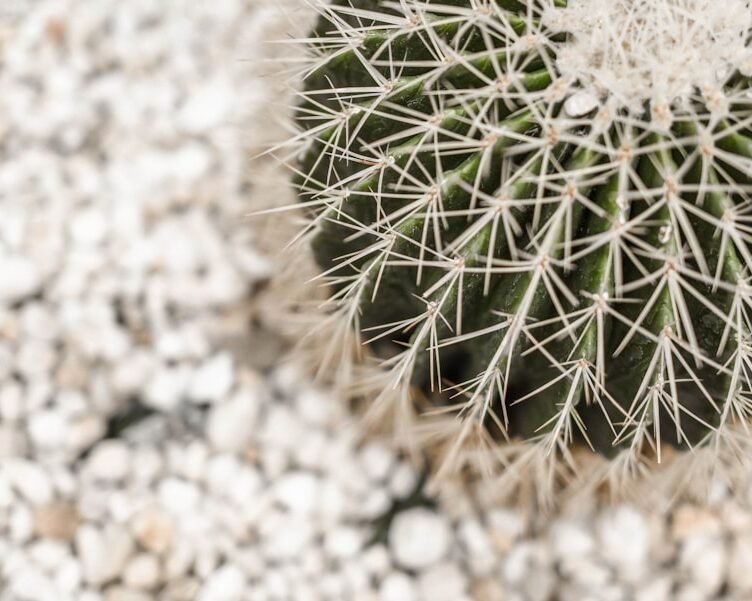Having indoor plants can introduce a touch of nature and serenity into your home, but it’s crucial to be aware of the potential risks they pose to your pets. Many commonly found indoor plants are toxic to cats and dogs, and it’s essential to recognize the symptoms of pet poisoning from these plants to take prompt action. This article will delve into the symptoms of pet poisoning from toxic indoor plants, identify common toxic plants that can harm pets, outline immediate steps to take if your pet ingests a toxic plant, discuss the long-term effects of pet poisoning from indoor plants, provide guidance on preventing pet poisoning from toxic indoor plants, and offer advice on seeking veterinary care for pet poisoning from indoor plants, as well as exploring safe alternatives to toxic indoor plants for pet owners.
Key Takeaways
- Symptoms of pet poisoning from toxic indoor plants can include vomiting, diarrhea, difficulty breathing, and seizures.
- Common toxic indoor plants for pets include lilies, aloe vera, and philodendron.
- Immediate actions to take if your pet ingests a toxic plant include contacting a veterinarian, inducing vomiting if instructed, and bringing a sample of the plant.
- Long-term effects of pet poisoning from indoor plants can include organ damage, neurological issues, and even death.
- Preventing pet poisoning from toxic indoor plants can be done by keeping toxic plants out of reach, using pet-safe alternatives, and educating yourself on toxic plants.
Common toxic indoor plants for pets
Common Toxic Plants
There are several common indoor plants that can be toxic to cats and dogs. Some of the most common toxic indoor plants for pets include lilies, aloe vera, jade plants, sago palms, and philodendrons.
Potential Symptoms
These plants can cause a range of symptoms in pets, from mild gastrointestinal upset to more severe symptoms such as difficulty breathing, seizures, and even death.
Protecting Your Pets
It’s important for pet owners to be aware of the potential dangers these plants can pose to their furry friends and take steps to keep them out of reach.
Symptoms of pet poisoning from toxic indoor plants
The symptoms of pet poisoning from toxic indoor plants can vary depending on the type of plant ingested and the size and health of the pet. Some common symptoms of pet poisoning from toxic indoor plants include vomiting, diarrhea, drooling, difficulty breathing, lethargy, weakness, tremors, seizures, and even collapse. If you suspect that your pet has ingested a toxic plant, it’s important to seek veterinary care immediately.
Even if your pet is not showing any symptoms, it’s still important to contact your veterinarian for guidance on what steps to take next.
Immediate actions to take if your pet ingests a toxic plant
| Symptom | Description |
|---|---|
| Vomiting | Repeated vomiting can be a sign of pet poisoning from toxic indoor plants. |
| Diarrhea | Pets may experience diarrhea as a result of ingesting toxic indoor plants. |
| Excessive drooling | Increased drooling can indicate poisoning from toxic indoor plants. |
| Difficulty breathing | Pets may have difficulty breathing if they have been poisoned by toxic indoor plants. |
| Weakness | Weakness or lethargy can be a symptom of pet poisoning from toxic indoor plants. |
If you suspect that your pet has ingested a toxic indoor plant, it’s important to take immediate action. The first step is to remove your pet from the area where the plant is located and try to identify the plant that was ingested. If possible, take a sample of the plant with you to the veterinarian.
It’s also important to contact your veterinarian or an emergency veterinary clinic right away for guidance on what steps to take next. In some cases, inducing vomiting may be recommended, but it’s important to follow your veterinarian’s advice as inducing vomiting can be dangerous in some situations.
Long-term effects of pet poisoning from indoor plants
The long-term effects of pet poisoning from indoor plants can vary depending on the type of plant ingested and the severity of the poisoning. In some cases, pets may experience long-term health issues such as kidney or liver damage as a result of ingesting a toxic plant. It’s important to monitor your pet closely after a poisoning incident and follow up with your veterinarian for any recommended follow-up care or testing.
Preventing pet poisoning from toxic indoor plants
Safety Precautions for Indoor Plants
One of the best ways to prevent pet poisoning from toxic indoor plants is to simply not have these plants in your home. If you do choose to have indoor plants, make sure to research which ones are safe for pets and keep any toxic plants out of reach. You can also consider placing plants in hanging baskets or on high shelves where pets cannot access them.
Outdoor Plants Can Also Be a Risk
It’s also important to be mindful of any outdoor plants that may be brought indoors during certain seasons, as these can also pose a risk to pets.
Additional Tips for Pet Owners
By taking these simple precautions, you can help ensure a safe and healthy environment for your pets. Remember, it’s always better to err on the side of caution when it comes to your pet’s safety.
Seeking veterinary care for pet poisoning from indoor plants
If you suspect that your pet has ingested a toxic indoor plant, it’s important to seek veterinary care immediately. Even if your pet is not showing any symptoms, it’s still important to contact your veterinarian for guidance on what steps to take next. Your veterinarian will be able to provide you with the best course of action based on the type of plant ingested and the size and health of your pet.
Safe alternatives to toxic indoor plants for pet owners
If you’re a pet owner who loves having indoor plants, there are plenty of safe alternatives to toxic indoor plants that you can consider. Some safe indoor plants for pets include spider plants, Boston ferns, African violets, and Christmas cacti. These plants can add a touch of greenery to your home without posing a risk to your furry friends.
It’s always a good idea to research any new plant before bringing it into your home to ensure that it is safe for your pets. In conclusion, it’s important for pet owners to be aware of the potential dangers that indoor plants can pose to their pets. By being able to recognize the symptoms of pet poisoning from toxic indoor plants and taking immediate action if ingestion occurs, you can help keep your furry friends safe and healthy.
Additionally, by choosing safe alternatives to toxic indoor plants and taking steps to prevent pet poisoning, you can create a pet-friendly environment in your home that both you and your pets can enjoy.
FAQs
What are the symptoms of pet poisoning from toxic indoor plants?
Some common symptoms of pet poisoning from toxic indoor plants include vomiting, diarrhea, drooling, difficulty breathing, lethargy, and seizures. If you suspect your pet has ingested a toxic plant, seek immediate veterinary care.
Which indoor plants are toxic to pets?
Some common indoor plants that are toxic to pets include lilies, philodendron, pothos, peace lilies, snake plants, and aloe vera. It’s important to research the toxicity of plants before bringing them into a home with pets.
How can I prevent pet poisoning from toxic indoor plants?
To prevent pet poisoning from toxic indoor plants, consider choosing pet-safe plants such as spider plants, Boston ferns, and air plants. Keep toxic plants out of reach of pets, and be vigilant about monitoring your pet’s behavior around indoor plants.
What should I do if I suspect my pet has been poisoned by an indoor plant?
If you suspect your pet has been poisoned by an indoor plant, contact your veterinarian immediately. Be prepared to provide information about the plant your pet may have ingested, as well as any symptoms your pet is experiencing. Prompt veterinary care is crucial in cases of pet poisoning.




